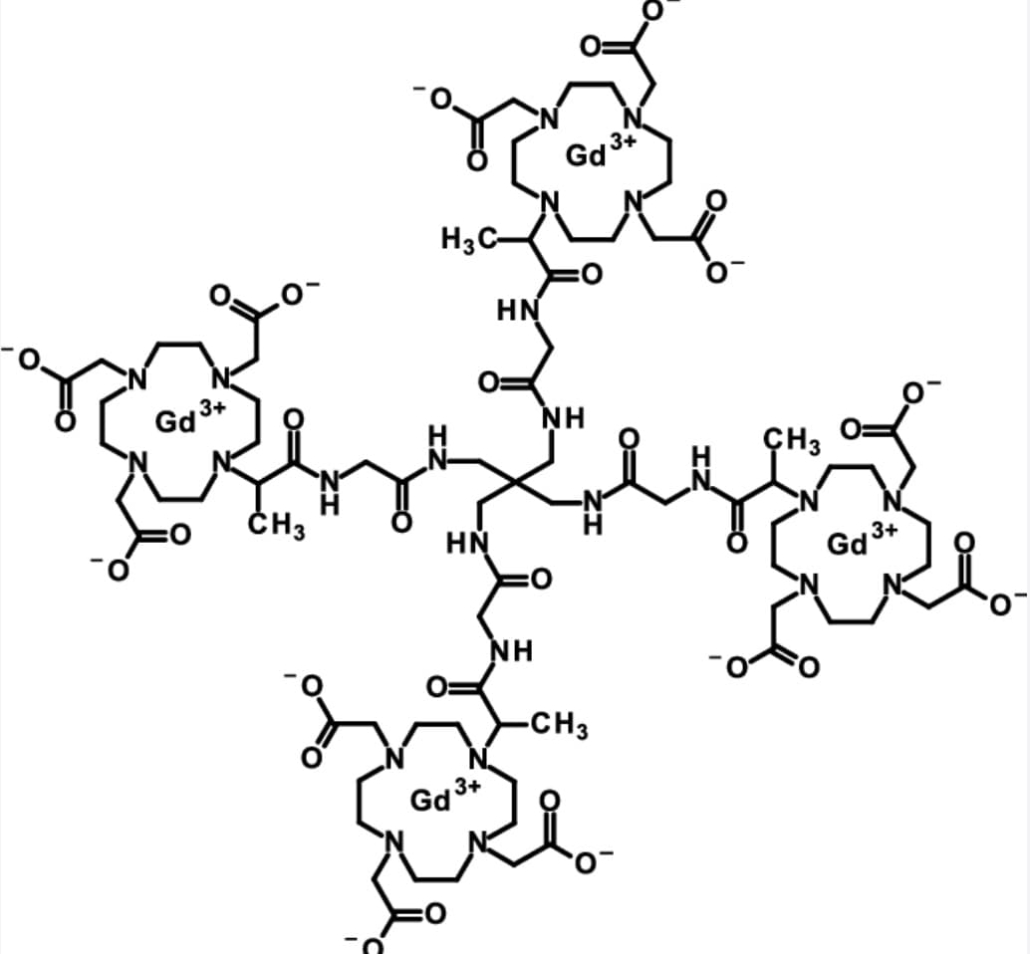Bayer submits low-dose gadolinium contrast agent for FDA approval
Bayer has submitted a New Drug Application to the US Food and Drug Administration for gadoquatrane, its investigational low-dose gadolinium-based contrast agent (GBCA) for contrast-enhanced magnetic resonance imaging of the central nervous system and other body regions. The submission covers use in adults and paediatric patients, including term neonates.
The proposed dosing regimen of 0.04 mmol gadolinium per kilogram of body weight represents a significant reduction from current clinical practice. If approved, gadoquatrane would become the lowest dose macrocyclic GBCA available in the United States, corresponding to a 60% reduction compared to standard of care macrocyclic GBCAs dosed at 0.1 mmol Gd/kg body weight.

gadoquatrane
Clinical evidence supports regulatory submission
The FDA submission is based on data from the pivotal Phase III QUANTI studies, which evaluated the efficacy and safety of gadoquatrane in adult and paediatric patients globally. The comprehensive clinical development programme comprised two large multinational, randomised, prospective double-blind, crossover Phase III studies: QUANTI CNS (Central Nervous System) and QUANTI OBR (Other Body Regions), alongside the QUANTI Pediatric study.
A total of 808 patients across 15 countries participated in the programme. The study results demonstrated that gadoquatrane met the primary and secondary efficacy endpoints assessing visualisation parameters and lesion detection. Initial results from the Phase III QUANTI CNS study were presented at the European Congress of Radiology in February 2025.
The paediatric component of the studies showed that gadoquatrane’s pharmacokinetic behaviour in children is similar to that observed in adults. The safety profile observed in both adult and paediatric patients from birth to under 18 years of age was generally consistent with previous data on gadoquatrane and other macrocyclic GBCAs, with no new safety signals identified.
Addressing clinical need for dose reduction
The submission addresses growing clinical requirements in medical imaging, particularly given that nearly 40 million MRI scans are performed annually in the United States. Dr Konstanze Diefenbach, Head of Radiology Research & Development at Bayer, noted the rising need for medical imaging driven by increasing incidence of chronic diseases such as cancer and cardiovascular diseases.
“Patients can benefit from a dose reduction, especially patients with chronic conditions who require multiple contrast-enhanced MRI examinations during their lifetime,” Dr Diefenbach stated. “This is in line with guidance from health authorities and guidelines from scientific bodies which recommend using the lowest dose required to obtain the needed clinical information.”
Global regulatory strategy
The US submission follows Bayer’s recent announcement of gadoquatrane’s submission to the Ministry of Health, Labour, and Welfare in Japan, marking the first application for marketing authorisation for the investigational contrast agent. The company has indicated that further regulatory applications to health authorities worldwide are planned for the coming months.
Gadoquatrane is characterised as an investigational extracellular macrocyclic contrast agent featuring a distinct tetrameric structure with high stability and high relaxivity. The agent is designed for contrast enhancement in MRI procedures across multiple clinical applications.

